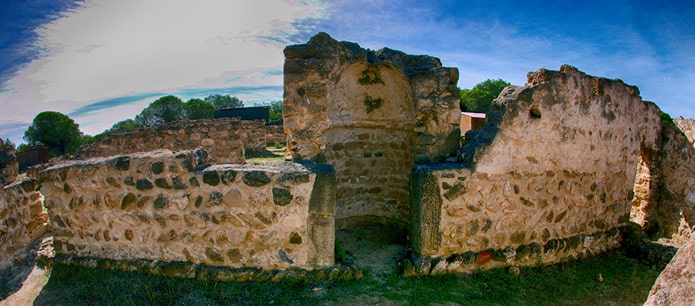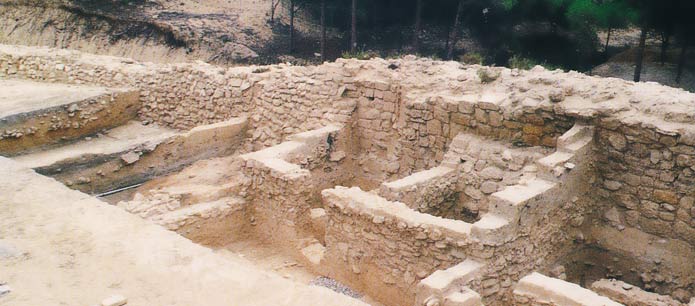In July, Guardamar will open it’s guided tours around the spectacular site of La Fonteta, with a Phoenician settlement and a Caliphate rábita preserved under the sand.
In the same way as the lava and ash buried Pompeii to keep it for posterity, the sand from the dunes of Guardamar made have preserved a Phoenician settlement since the 8th century BC and a caliphal rábita with 21 small oratories from the 10th century and now visits will shortly be available to the public at the extraordinary site.
The City Council of Guardamar has taken a risk, allocating a major investment, financed with European funds, for the conservation and musealization of its important archaeological sites . Very few municipalities can offer a tour of Iberian, Phoenician, Roman and Muslim settlements in such a small area and with such a level of conservation.

Tourism has already set prices for guided tours of these sites. The gates of La Fonteta, the main site, reveal the Phoenician settlement with a defensive wall, it’s towers and the remains of dwellings from the 8th century BC. And so far, only 10% of the land has been excavated, in an archaeological exploration that dates back to the eighties.
Mayor José Luis Sáez says that some challenges remain, such as refurbishing the archaeological museum, now located in a basement, as well as the move of two emblematic pieces: the Lady of Guardamar, a bust of Iberian origin discovered in the 1980s at the site of Cabezo Lucero and the tombstone with kufic characters of the founding inscription of the Rábita Califa l in 944, when Abd al-Ramán III was Caliph, now exhibited in the museum of Santa Clara de Murcia.
“But recovering these pieces will not be easy, perhaps we can only opt for their temporary transfer,” said Sáez.





